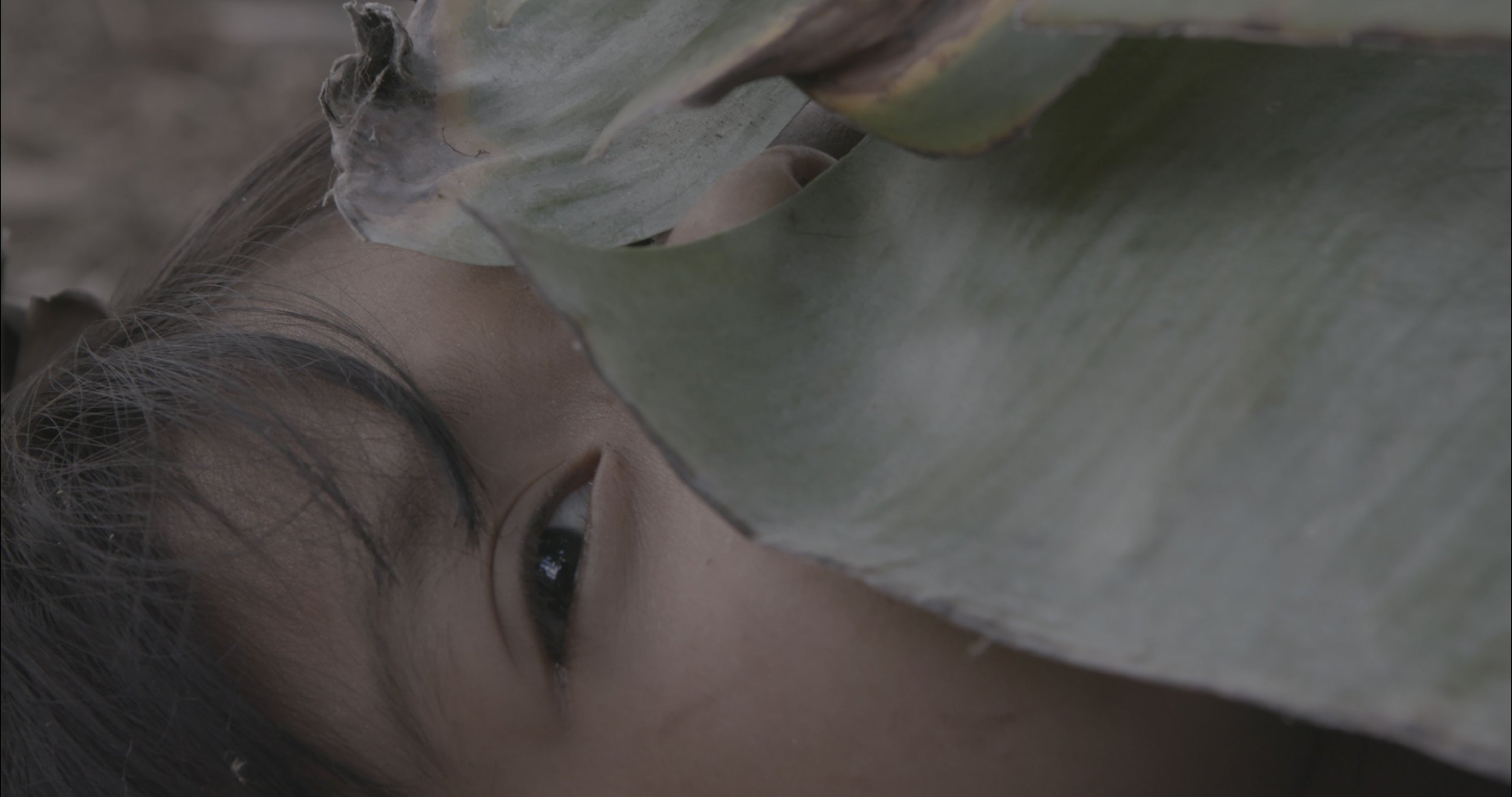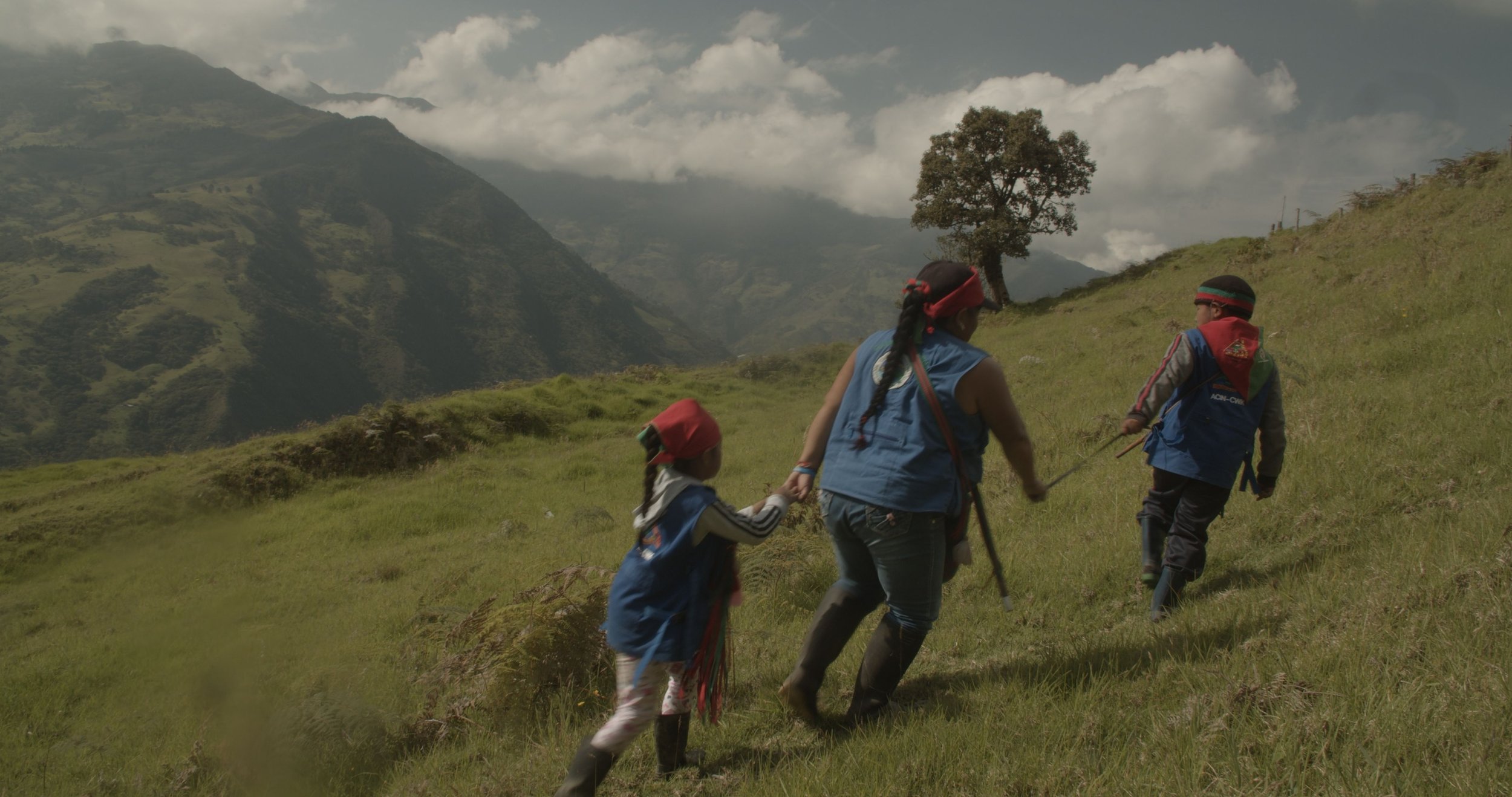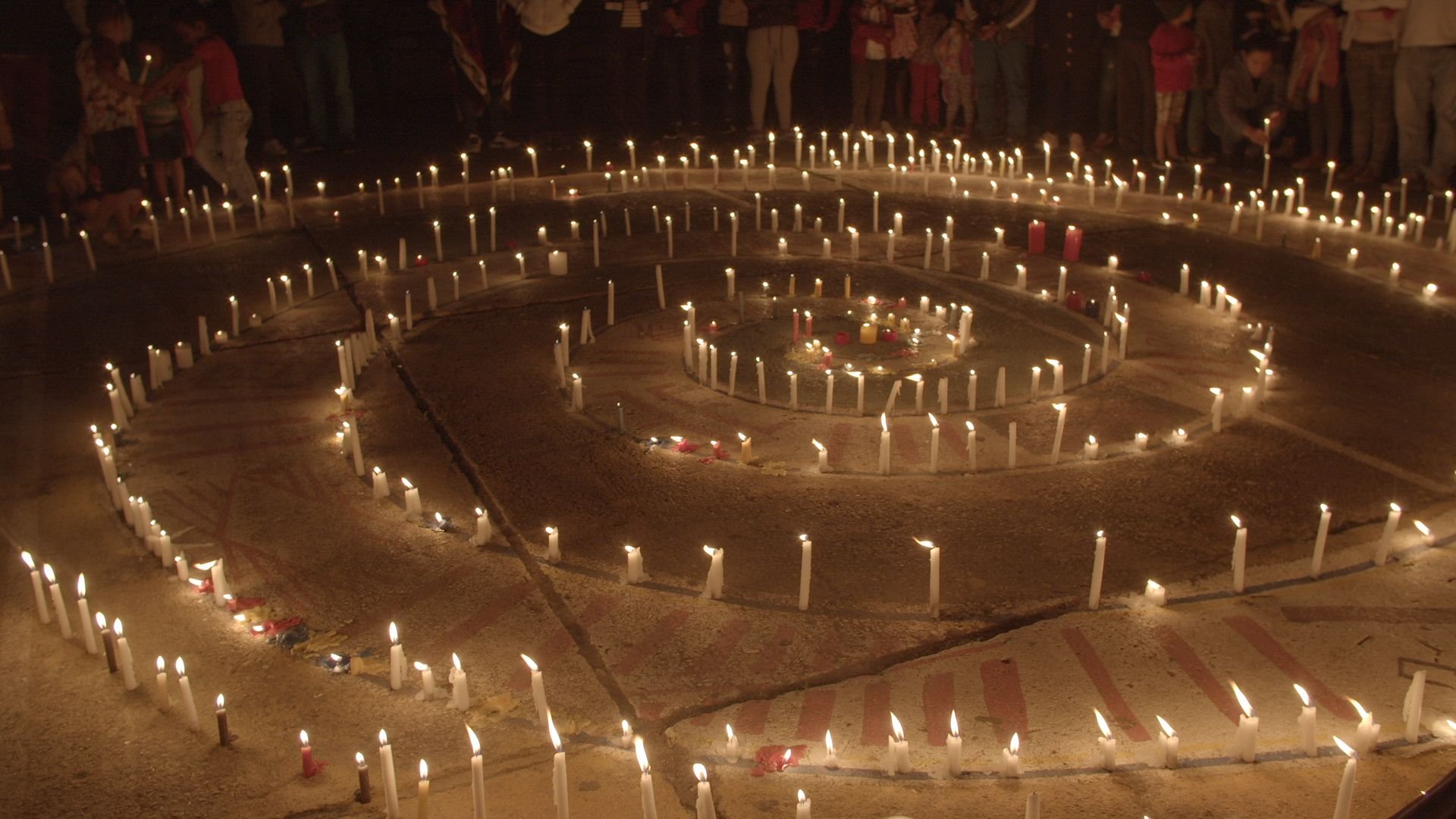
Hasta siempre
Growing up in one of the most powerful nonviolent land-defense movements in the world, a young Indigenous girl, Estefanie, absorbs the struggle of her people to protect their territory in wartorn Colombia. As violence resurges and she witnesses the deaths of many of their leaders, her mom must teach her why they continue. Until Forever is an allegory of ancestral resistance through the brave imagination and trials of girlhood.

"Nuestra Vida es Resistencia.
La Guardia somos todos en esta tierra."
"Our life is resistance. We are all guardians in this land."

In Colombia’s southwestern state of Cauca, the conflict has been an underlying fabric of daily life for over fifty years, the sound of gunfire as ordinary as afternoon rain. Revolutionary rebel groups settled into the mountains; insurgent paramilitaries, resisting leftism sweeping the hemisphere, sought to exterminate them. Meanwhile, a different kind of struggle was gaining rapid momentum in their midst. Beginning in the 1960s, indigenous groups in the region solidified their own mission apart from the war— not to shape national politics, but reverse centuries of dispossession, exploitation, and genocide.
the struggle
In Colombia’s southwestern state of Cauca, the conflict has been an underlying fabric of daily life for over fifty years, the sound of gunfire as ordinary as afternoon rain. Revolutionary rebel groups settled into the mountains; insurgent paramilitaries, resisting leftism sweeping the hemisphere, sought to exterminate them. Meanwhile, a different kind of struggle was gaining rapid momentum in their midst. Beginning in the 1960s, indigenous groups in the region solidified their own mission apart from the war— not to shape national politics, but reverse centuries of dispossession, exploitation, and genocide.
In a single generation, the indigenous movement in Cauca has successfully recovered tens of thousands of hectares of their ancestral territory and revived their cultures from near extinction, all unarmed while surrounded by war. In 1974, their effort coalesced under an organizing body called the CRIC, and later ACIN, which now encompass some 100,000 people from numerous indigenous groups. Without money, weapons, or political power, communities transformed themselves from a state of total marginality— predominantly illiterate, sharecropping, and without representation—to leading one of the strongest social movements in Colombia. As the first indigenous organization in Latin America, they remain a potent symbol of grassroots power. The CRIC’s fight for "Unity, Autonomy, Land, and Culture," carries on with tremendous strength.
Communities in Cauca are living through a profound transition, witnessing the failures of a historic peace agreement. New waves of violence have intensified with more than 100 social leaders assassinated in 2018 alone. Many people believe the war is back on. But for the guardia indigena, resistance will carry on through whatever lies ahead. As defensores de la vida— defenders of life— they protect the interconnectedness between all people and the earth; no one is an enemy but the violence itself. When there are no sides, all that's left is community, and that force has endured in Cauca despite everything threatening to rip it apart.

The Impact
Hasta Siempre was born from the conviction that documentary work must be a collaborative practice that leaves something behind. The legacy of theft to indigenous peoples— of land, cultural traditions, ancestral wisdom— shapes the filmmakers goals to challenge extractive storytelling and decolonize the documentary process itself.
The film represents just a starting point for deep solidarity work. An intimate consultation process continues to inform production through constant dialogue with local leaders, who are guiding a social impact strategy:
Support stronger partnerships between indigenous organizations around the world to fortify networks of solidarity and resistance.
Use the story as an educational tool for indigenous youth to take pride in their culture and history.
Establish formal mechanisms for communities to seek international human rights support against violence .
Bring leaders to speaking events at universities and international forums to describe their communities’ present struggles.
Generate resources for indigenous language teaching initiatives, strengthened self-governance, and nonviolent defense through the guardia indígena.
Communities in Cauca still face unrelenting violence. As the peace process continues to degenerate, it’s critical to have broad, international opportunities for visibility and support. People around the world are mobilizing in solidarity, but ultimately, the struggle in Cauca is not just one for indigenous communities’ collective survival; it represents a universal fight against structural violence that we must aspire to challenge together.
